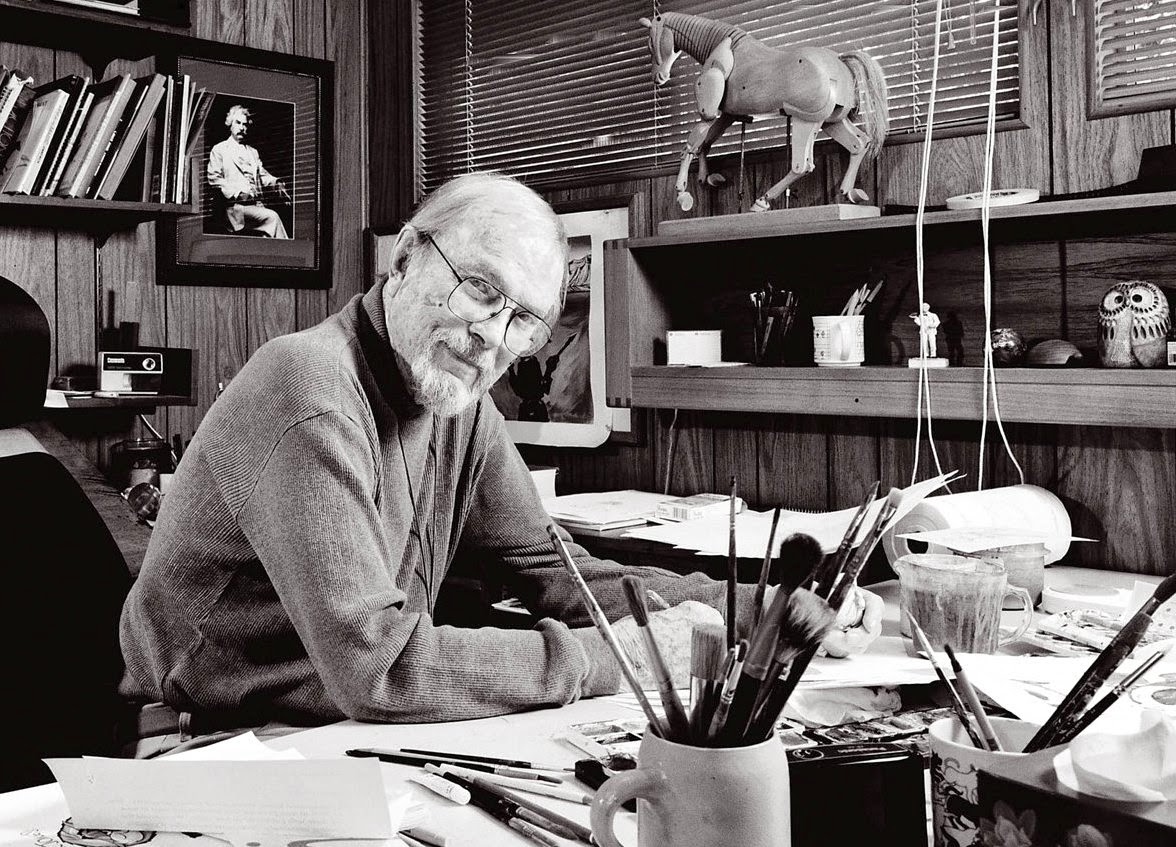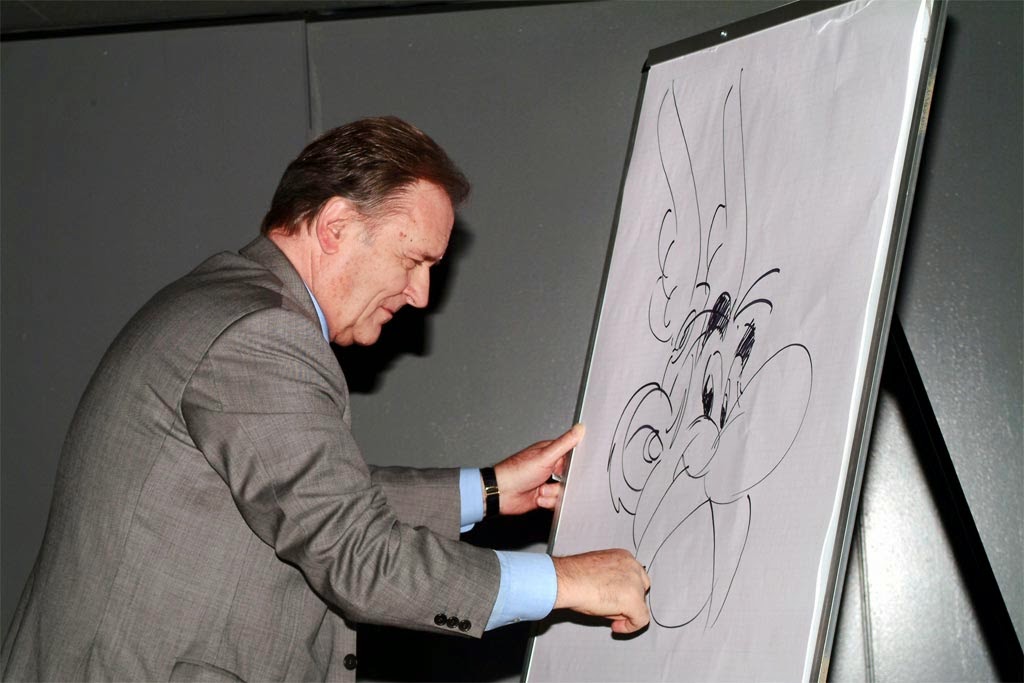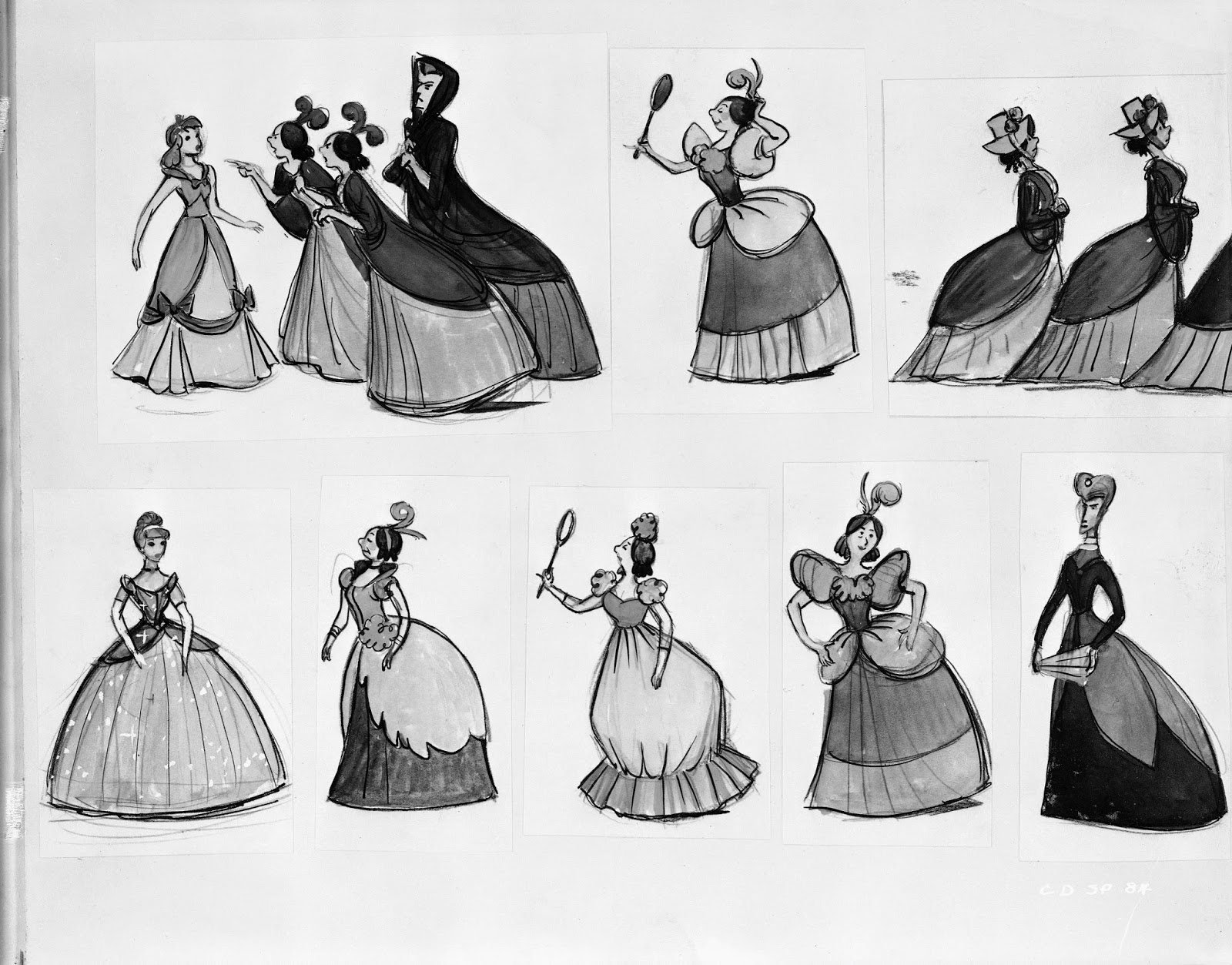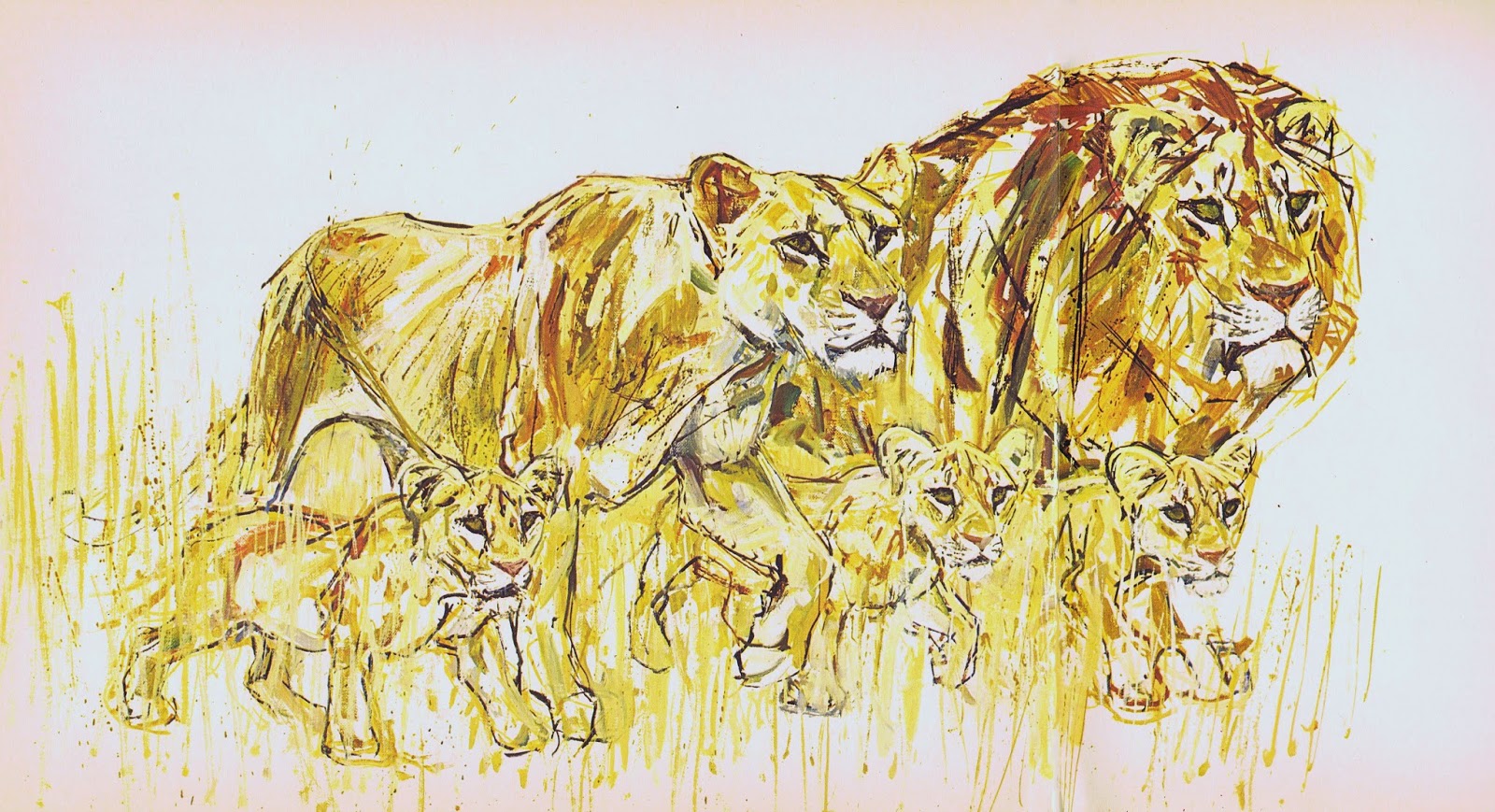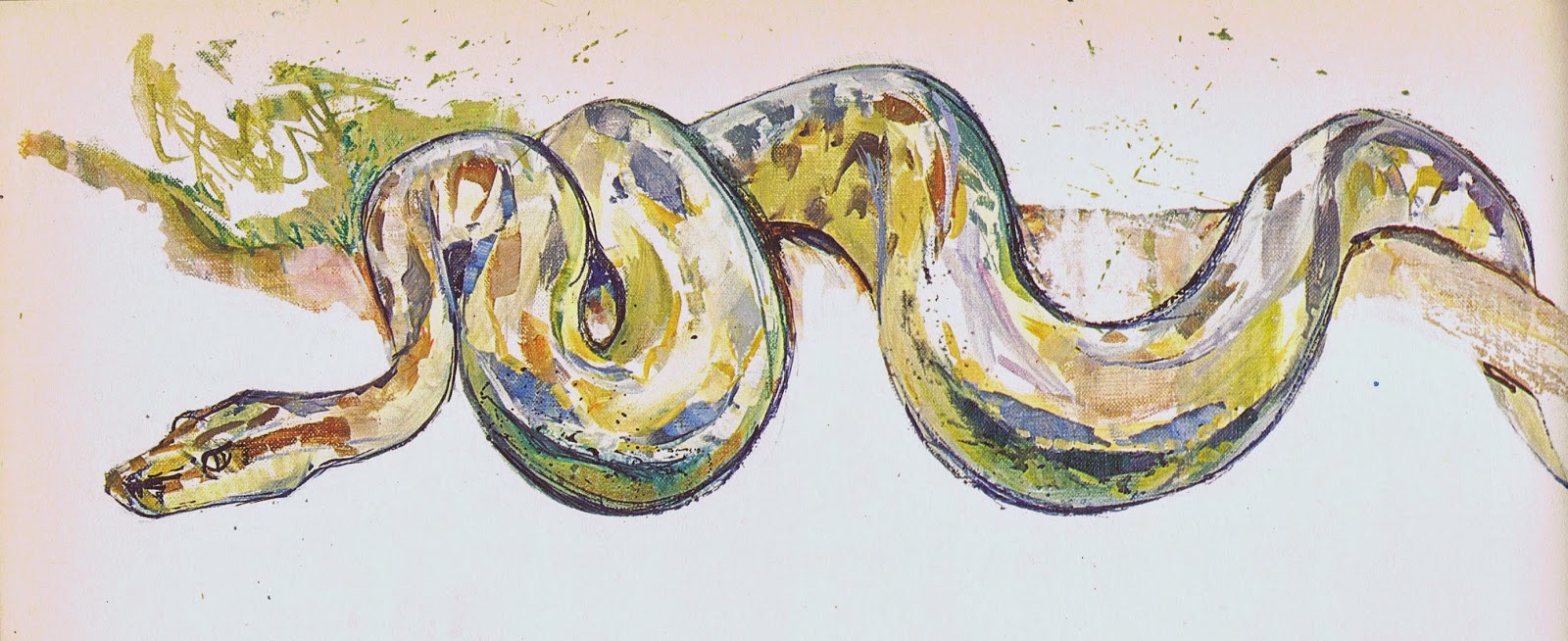By many moviegoers and critics Disney Animation during the 1970s wasn’t hailed as the pioneering medium it once was. But there were still groundbreaking achievements in character animation being made, and this sequence is on one of them.
How on earth would you as an animator even dare to draw scenes in which a villainess takes off her make up during a conversation with a little girl?! This kind if business would seem too subtle for animation, and much more suitable for live action.
But if you are Milt Kahl, you live for challenges like this. He said he got a kick out of working out these scenes, partly because he had never seen anything like this done in animation before.
“I wanted to push the contrast between her eyes with the false eyelashes, and then without them. When she removes an eyelash there is’t any hair left at all. On the cels we had the inkers use a skin-tone outline (instead of black) around the eye, which gave a certain pale, vacant look.”
I consider this sequence as amazing and inventive as anything that was done during Disney’s Golden Age. What a statement in character acting!!
Ollie Johnston animated Penny, holding her Teddy bear while interacting with Medusa.
Milt was somewhat disappointed, because he had envisioned Penny holding on to the doorknob. The idea being that this thing is almost a friend to her at that moment.
I would go with Ollie’s version on this one, because the Teddy Bear is more important to the girl than a doorknob.
To see lots of Medusa rough drawings go to these previous posts:















